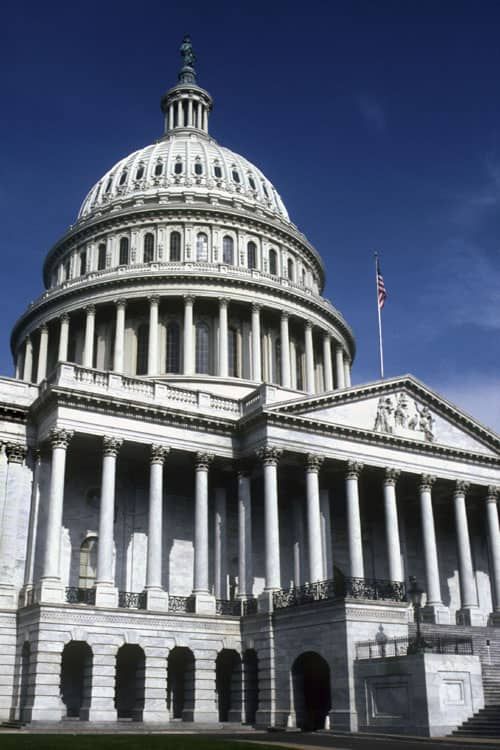Editorial: Dodd-Frank reforms strike right balance for banking sector

Congress seems to have gotten it right with the May 22 passage of reforms to the Dodd-Frank Act, passed in 2010 in the wake of the global financial crisis.
The U.S. House of Representatives passed the Economic Growth, Regulatory Relief and Consumer Protection Act, by a vote of 258-159, after the measure’s bipartisan passage in the Senate. President Trump signed the bill into law, May 24.
What does the act do? Quite simply, it rolls back some regulatory measures while preserving the tougher, broader structure of regulatory reforms that restrict many unsafe banking practices.
SPONSORED CONTENT
Big winners in the measure are small and medium-sized community banks, which no longer will be forced to undergo stress tests to determine their ability to withstand a downturn. The bill also exempts some lenders from burdensome disclosure requirements mandated by the Home Mortgage Disclosure Act.
Community bankers have long complained about the expense of complying with the measures, including increased staffing. Such complaints repeatedly have been voiced by bankers in the Boulder Valley and Northern Colorado, who point out that community banks did not cause the global financial crisis.
Additionally, banks with less than $10 billion in assets would see an easing of rules pertaining to qualified mortgages, enabling them to approve more mortgages, thereby helping the housing market.
The act also raises the threshold by which a bank is considered “systemically important,” to $250 billion from $50 billion in assets, but it allows federal regulators to lower that threshold back to $100 billion. Banks deemed systemically important are subject to much more rigorous regulatory oversight.
Some Democrats — who led passage of Dodd-Frank to begin with — opposed relaxing the rules, but 33 wound up supporting the measure in the House. In an election year, both sides were eager to use the issue in the fall campaign.
But we’re pleased that community banks will find it somewhat easier to operate in an extremely competitive environment, and equally pleased that large banks still must adhere to stricter regulations.
Still, some words of caution are in order: While community banks did not cause the global financial crisis, many were not blameless, with questionable loan portfolios and other business practices. It’s incumbent on community banks to continue to operate in a sound fiscal manner so that excesses of the early 2000s are not repeated — and that a return to the tougher regulatory framework is not warranted.
Congress seems to have gotten it right with the May 22 passage of reforms to the Dodd-Frank Act, passed in 2010 in the wake of the global financial crisis.
The U.S. House of Representatives passed the Economic Growth, Regulatory Relief and Consumer Protection Act, by a vote of 258-159, after the measure’s bipartisan passage in the Senate. President Trump signed the bill into law, May 24.
What does the act do? Quite simply, it rolls back some regulatory measures while preserving the tougher, broader structure of regulatory reforms that restrict many unsafe banking practices.
THIS ARTICLE IS FOR SUBSCRIBERS ONLY
Continue reading for less than $3 per week!
Get a month of award-winning local business news, trends and insights
Access award-winning content today!
